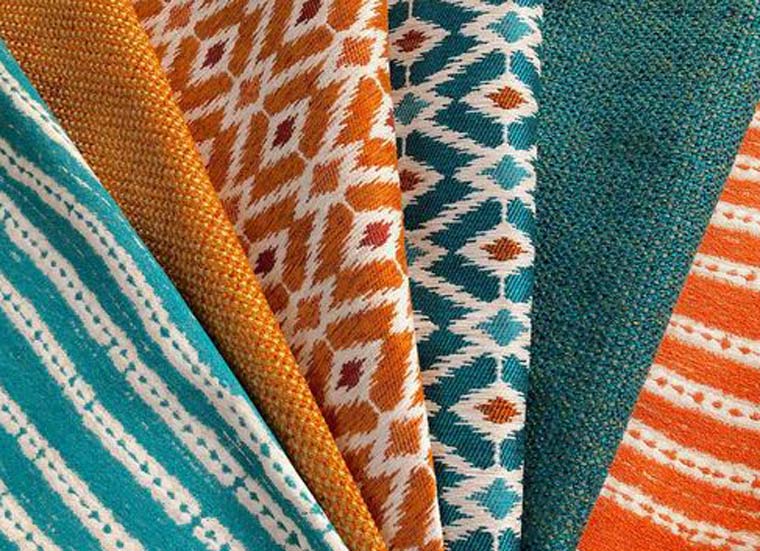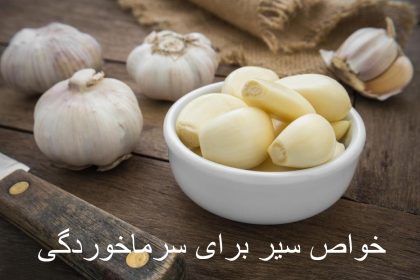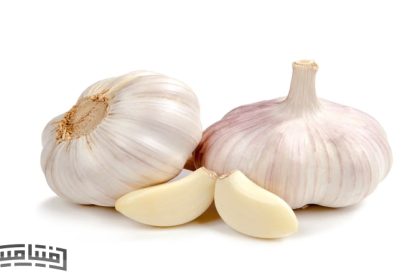Weaving property or ikat is a special style of fabric dyeing; This style is primarily known for being different from other dyeing methods. This art is very original and old and its textiles have many fans all over the world. For a more detailed explanation, we dedicate this article to the review of Baffi property.
Getting to know the general concept of ikat (weaving property)
The term ikat (E-cot) generally has three meanings that are related to each other.
In the first sense, ikat is a dyeing technique that is done to create a distinctive pattern on the fabric.
According to the second concept, it is a kind of method for fabric weaving.
In the third case, it is the name of a type of cloth called “Dara’i” which is produced with the style of “Darai Bafi”.
Also, the word “ikat” is a Malay word meaning dyeing and tying. The term ikat also has an Indonesian origin; In the early 20th century, when Dutch scholars began to study the rich textile traditions, the term entered the European textile vocabulary. However, in Persian language it is known as “Daraei Bafi”. This method of fabric weaving has been common in many countries of the world since the past and every country has its own production style. However, the final textiles are all marketed to the public as ikat.
What is asset weaving?
Weaving is actually an original art to create special designs on fabric. In other words, it is an old style for patterning fabric. Doing this takes a lot of work and is never easy. The important thing about the weaving property is that the dyeing process is done before the weaving of the fabric and it is done with details and complicated steps. It is better to get acquainted with its history before examining the steps and methods of doing this beautiful art.
What is the history of property weaving?
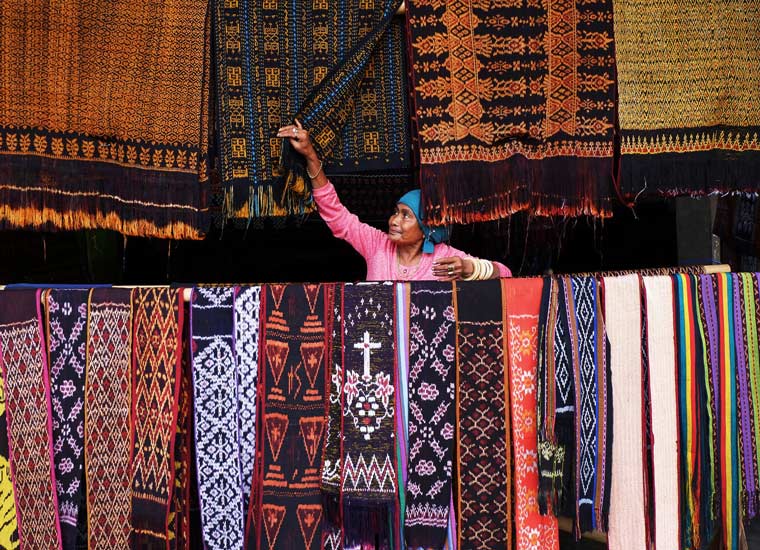
Asian countries; The originator of Bafi Asil
Sources believe that the art of ikat dates back to 6 thousand years BC. But since the textiles are disappearing, there is no exact date for the origin of ikat. However, we know for sure that it started in Asian countries for the first time. In fact, the people of East Asian countries discovered this style of fabric for the first time; For example, the people of Australia, India and Central Asia who have similar traditions in this field. Over the years, this art has spread to different regions of the world and over time its fame has reached the whole world.
It is interesting to know that in the past, each of the people of the world used to wear the clothes of Bafi with different titles. This law still prevails in some areas today. For example, the “Uyghurs” consider these clothes suitable only for women. They believe that black color is a good choice for older women; On the other hand, golden, yellow, blue and purple colors are used by young married women. Red color also belongs to young girls.
Note: Uighurs are Turkic and Muslim people who live in the Xinjiang province of China.
The creativity of some regions in carrying out property weaving
In the 19th century, the desert oases of the Silk Road of Bukhara, Samarkand, Hotan and Kashgar (one of the old cities of China) were famous for the production of Uzbek-Ughur silk ikats. Because these areas have a rich history in ikat production. Also, each of these regions, in addition to following the common style of ikat, also invented new styles in this field.
For example, property weaving in Oshima Prefecture, Japan, is a very unique style; In such a way that warp and weft threads are both used as threads for weaving ikat fabrics. Also, these threads are dyed pointwise in the direction of the ikat texture. Finally, the dyed threads are woven into the fabric. Of course, this process is also common in the cities of Java and Bali, Indonesia.
Cambodia, the best textile producer
In the 19th century, Ikat of Cambodia was among the best textiles in the world; For example, the Cambodian ikat fabric was so valuable that the king of Thailand gave a few meters of this fabric to the then American president Franklin Pierce when he visited America. During that period, very skilled weavers lived in Cambodia, whose work was to produce very original and expensive possessions. However, unfortunately, the works of this original Cambodian art were partially lost during the wars between China and India in the middle of the 20th century. Because most of the weavers were killed and all the details related to this art were forgotten for some time.
But it is interesting to know that a person named “Kiko Morimoto”, who is one of the pioneers of introducing Cambodian ikat, moved from Japan to Cambodia in 1995, where he met two old ladies who were survivors of that period. With the help of these two artists, Kiko was trying to teach the Cambodian art of weaving to the new generation. He played an important role in the revival of this original art. Today, the most original products of Bafi weaving in Cambodia are women’s skirts “Samput Hole” and “Pidanha”. Pidans are wall hangings with ikat designs that are used to decorate the house during special events.
Thailand and ceremonial clothes
In Thailand, Aikat is available with a type of fabric called Matmi, which has been popular for the use of the nobility for many years. Also, among other uses of weaving property in Thailand, we can mention the ceremonial clothes of the “Karen” and “Lava” tribes who live in the north of Thailand.
Latin America, the center of traditional clothes of Bafi
Various patterns of weaving are very popular among Latin American people. For example, people in Argentina, Bolivia, Brazil, Chile, Colombia, and Mexico are very interested in property weaving products.
According to the people of these countries, dyeing the fabric before weaving saves the weaver’s time and money. Local and popular clothes of Bafi in these countries include the following:
1. Shawl rebozos (rebozos) of Mexico
2. Mapuche shawl of Chile
3. Chilean poncho dress.
Iran is one of the most original producers of textile goods
As we know, textile industry is one of the most original arts of Iranian people. It is interesting to know that there is a popular belief about weaving property in Iran; Because in the past only rich people could afford this fabric, the name of the fabric is called “Dara’i”. Also, if a family gave their child a dowry of “property” cloth, it meant that the woman went to her husband’s house with a genuine capital and was wealthy.
From the distant past, weaving was popular in cities such as Kashan, Yazd and Tabriz; however, over time, it began to decline. As far as we know, today in Iran, this beautiful art is done only in the city of Yazd. Workshops for weaving fabric in the city of Yazd produce fabric in different patterns and colors and sell it in traditional weaving bazaars or old houses. Among the designs that are applied to the woven property are striped, checkered, floral and some other designs that have a very beautiful appearance.
What are the steps of carrying out asset weaving?
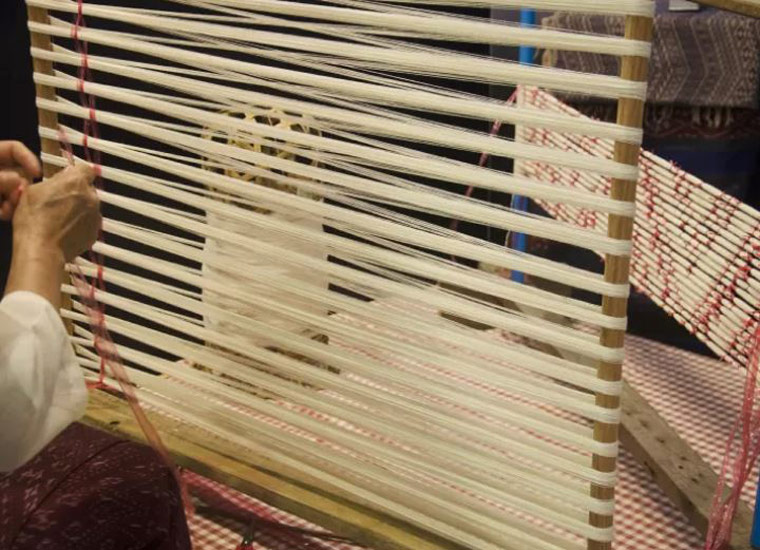
1. In the beginning and before dyeing, the weavers arrange the silk threads in several strands and bunches.
2. A part or parts of the threads are tied using special coatings to resist dyeing.
Note: These parts are basically prepared to create the outline of the fabric.
3. The weaver puts the fibers in the dye bath for dyeing. This step is basically the same step where the fibers under the knot must remain undyed so that the desired design is formed.
4. After finishing dyeing with different colors, the maker unties the knots to reveal the final design.
5. The fabricator wraps the fibers on the loom to dry and begin the weaving process.
6. The threads are woven together in different ways to produce the fabric.
What are the three general ways to do asset weaving?
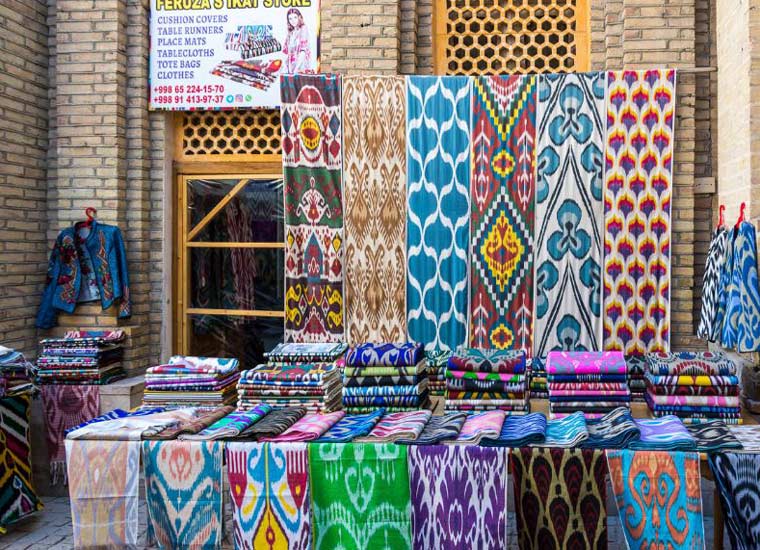
How weft is done is completely related to the final shape of the fabric and the design that is going to be applied to it. But if we explain it more precisely, there are three methods for making assets:
1. tar property
2. Weft property
3. Double weaving property
Each of these methods are different from each other. Also, we should pay attention to the fact that to perform all three methods, the fibers are drawn to the wood to form the final role. And that in all three methods, the most difficult and time-consuming task is to open and close the knots during dyeing. The more complicated the design, the more difficult and complicated the steps of opening and closing the knots and dyeing will be.
1. Webbing property
This method is the first and most common type of property weaving and the people of the world have been familiar with it for a long time. In warp method ikat, only the warp threads are dyed according to a specific pattern and the color of the weft threads is constant (no dye).
2. Weaving property
This style is kind of the opposite of the tar style. In the Weft Style Weft property, only the weft threads are dyed. This style is much slower than the tar style; Because the weft threads must be carefully adjusted every time after passing through the shuttle (a type of knitting machine) so as not to create a problem in the overall design.
3. Double weaving property
Double weave is the most difficult and complex style of weave. This is because the accuracy and delicacy of this style is very high and it requires skill. The style of doing it is such that both warp threads and weft threads are dyed before weaving. Since the steps to do it are very detailed and complicated, we are satisfied with these few lines.
Sources say that this style is practiced only in three countries: India, Japan and Indonesia. Also note that the double weave property is an incredibly beautiful achievement in textile art and the resulting products are very expensive. In a more detailed explanation, these products are produced in the country of Indonesia and the city of Bali with many facilities and are very valuable. In India, double weft products are found in the ‘Potapaka’ region. Also, in Japan, these products are produced on the island of Okinawa.
What is the use of woven textiles?
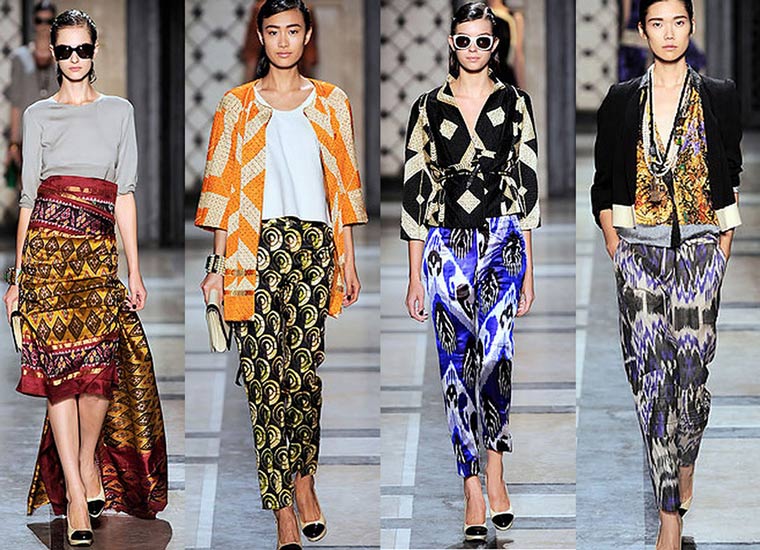
Woven textiles are used in various fields. However, to be specific, it includes the following:
1. clothing
2. accessory
3. decoration
The application of weaving property in clothing
In Iran and most of the countries that we examined in the history section, woven textiles are used in clothes such as trousers, blouses, local dresses and shirts, shawls and scarves. In general, ikat textiles are also popular in the fashion industry.
Note: The weaving property is used more in women’s clothes than in men’s clothes.
Application of weaving property in accessory
Ikat designs are also very popular for accessories. For example, shoes, bags, wallets, belts, and even watch straps are among the accessories that are available with Baffi’s asset plan. But we must note that these designs are not very original, that is, it is possible that instead of original dyeing, it is just a simple print on the accessories.
The use of weaving property in decoration
Bafi’s property designs in the world of decoration are very wide and attractive. For example, a design on the wall, a painting in the home, sofa fabric, pillowcase, bed sheet and other items are important uses of woven property in decoration.
Examining some important points about the quality of woven textiles
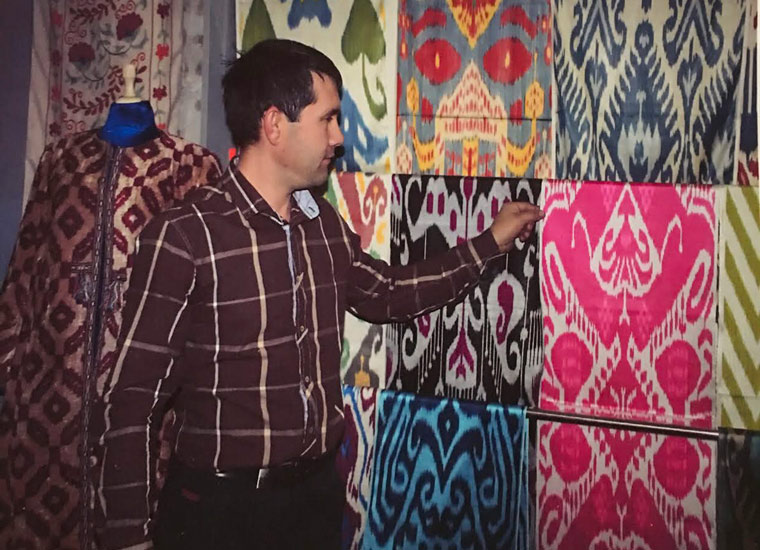
The quality of property fabrics is related to two important things; First, the type of texture and second, the quality of the texture.
Regarding the type of texture, we must say that some types of ikat are more complex and beautiful than others. The more beautiful the ikat design, the more eager you will be to buy that fabric.
In relation to the fabric quality, as we mentioned earlier, there are dozens of methods for weaving and dyeing ikat. Some weavers do dyeing with ancestral and original techniques. Some other material fabrics are also produced with heavy factory machinery that are not so authentic. The second category is usually the cheapest type of ikat, which has low quality. The first category is handmade and expensive.
How does the production process of woven goods affect the environment?
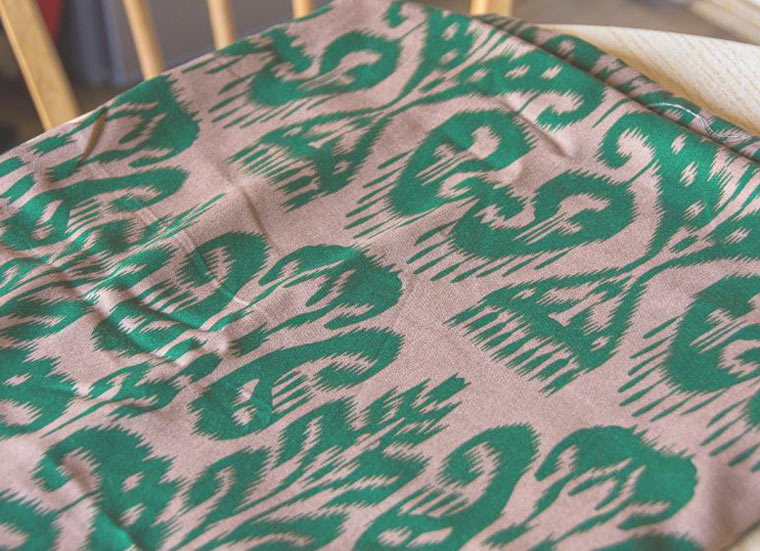
The production process of woven goods and its impact on the environment is completely related to the style and method of its production. In the next step, it is related to the fibers with which the fabric is produced, which we will examine together:
Property of weaving with natural fibers
While the environment is also polluted by the production of natural fibers, this category of textiles has less damage to the environment than synthetic fabrics. The first reason for this is the style of production and cultivation of natural fibers. For example, the unsustainable production of cotton is the most polluting for nature. It is possible to grow cotton using sustainable and organic methods; But unfortunately, it is not common all over the world. Because most cotton producers use pesticides and chemical fertilizers. Because this style is much cheaper; At the same time, its results and consequences are disastrous. However, among natural fibers, the production of silk, which is the production of genuine Aikat, does not require pesticides or fertilizers.
Woven property with synthetic fibers
One of the main differences between natural and synthetic fibers is that natural fibers are biodegradable. For example, every natural fiber returns to the biosphere within 100 years or less. But according to available estimates, it may take tens of thousands of years for plastics and synthetic fibers to completely disappear in nature. Because synthetic fibers were produced in laws contrary to natural laws, and therefore synthetic fibers and the natural environment never understand and do not mix together. That is why mountains of plastic waste have accumulated around the world and are endangering the life of the planet.
However, if ikat production is done with synthetic fibers like other textile productions, it is completely against the natural laws and will leave disastrous effects.
Important health and safety tips about weaving property

After examining the impact of ikat production on the environment, we come to important points in the field of safety and health approval of ikat. We do not know whether these cases can be investigated in Iran or not. However, in the global geography, there are few certifications that guarantee the correct method of ikat production.
1. Silk certifiers
Silk Mark organization is the largest certifier of silk fabrics in the world. This organization is based in India. Over the years, this organization has certified thousands of silk producers.
2. Cotton certifiers
Sources say, if the USDA approves the cotton production style, people can use that fabric with complete peace of mind.
3. Wool certifiers
If a reputable organization called Woolmark approves the process of wool production, people will trust it
4. Synthetic fiber certifiers
ISO is one of the organizations that provides purity and quality certificates for synthetic fibers. If the ikat fabric is recyclable, it is likely to be eligible for global standard certification as well.
last word
Weaving property is a kind of magical style in fabric dyeing and production. Its textiles are very attractive and beautiful. In this article, we tried to examine all aspects related to the property of weaving this original and lasting art. If you are also interested in or have used the woven textiles, please share your opinions and experiences with us in the comments section. Thank you for your cooperation.
RCO NEWS




